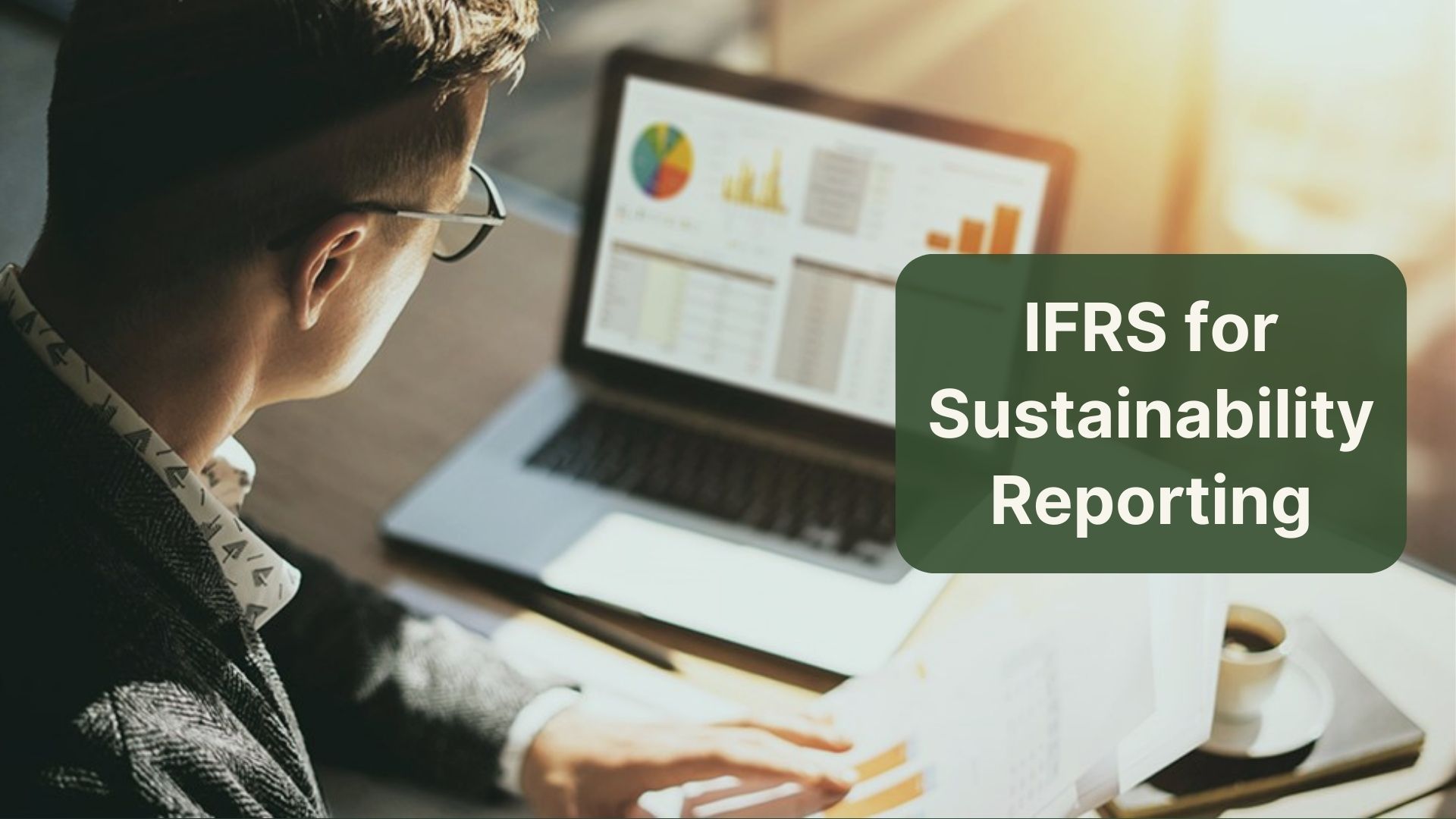Introduction to IFRS
Science

Information about a company’s interactions with the society, stakeholders, natural environment, and economy is gaining more and more attention. Today, companies disclose the impacts of their businesses to investors and the general public through sustainability reports. To set the baseline for investor-focused disclosure, the International Sustainability Standards Board (ISSB) released the International Financial Reporting Standards (IFRS) which have become globally acknowledged. There are currently 2 standards, IFRS S1 and IFRS S2, that should be used together. Both standards contain requirements across four areas:
- Governance: governance procedures that the company uses to monitor and manage risks and opportunities
- Strategy: description, effects, and anticipated effects of risks and opportunities on the company’s business model, decision-making, and financial performance, as well as the company’s resilience to these risks
- Risk management: method used by the company to identify, assess, prioritize, and monitor risks
- Metrics and targets: metrics and targets that the company uses to measure performance in relation to risks and opportunities
Risks and opportunities arise from a company's operations and the external environment in which the company operates. For instance, if a company’s business model depends on water, the company can both affect and be affected by the availability, quality, and affordability of water.
IFRS S1
General Requirements for Disclosure of Sustainability-related Financial Information (IFRS S1) provides requirements to communicate a company’s sustainability-related risks and opportunities over the short, medium and long term. IFRS S1 provides guidance on important concepts, assessment of materiality, and qualitative characteristics of information that needs to be disclosed. Sustainability-related disclosures may cover many different topics, such as climate, labour practices, waste management, and biodiversity.
Add: If you want to read more, read it here: link to the website who explains about this
IFRS S2
Climate-related Disclosures (IFRS S2) provides requirements to specifically communicate climate-related risks and opportunities. IFRS S2 requires disclosure of 3 main aspects:
- Cross-industry metrics: include greenhouse gas emissions, climate-related physical risks, and capital deployment towards climate-related risks and opportunities
- Industry-based metrics: company shall refer to metrics associated with disclosure topics described in the Industry-based Guidance on implementing Climate-related Disclosures
- Climate-related targets: targets set by the company and required by the law to mitigate or adapt to climate-related risks and take advantage of climate-related opportunities
Visit the IFRS website to access the standards and click here to see an example of IFRS-based disclosure.
Check out Fairatmos’ Insights page to learn more about sustainability and the carbon market.

